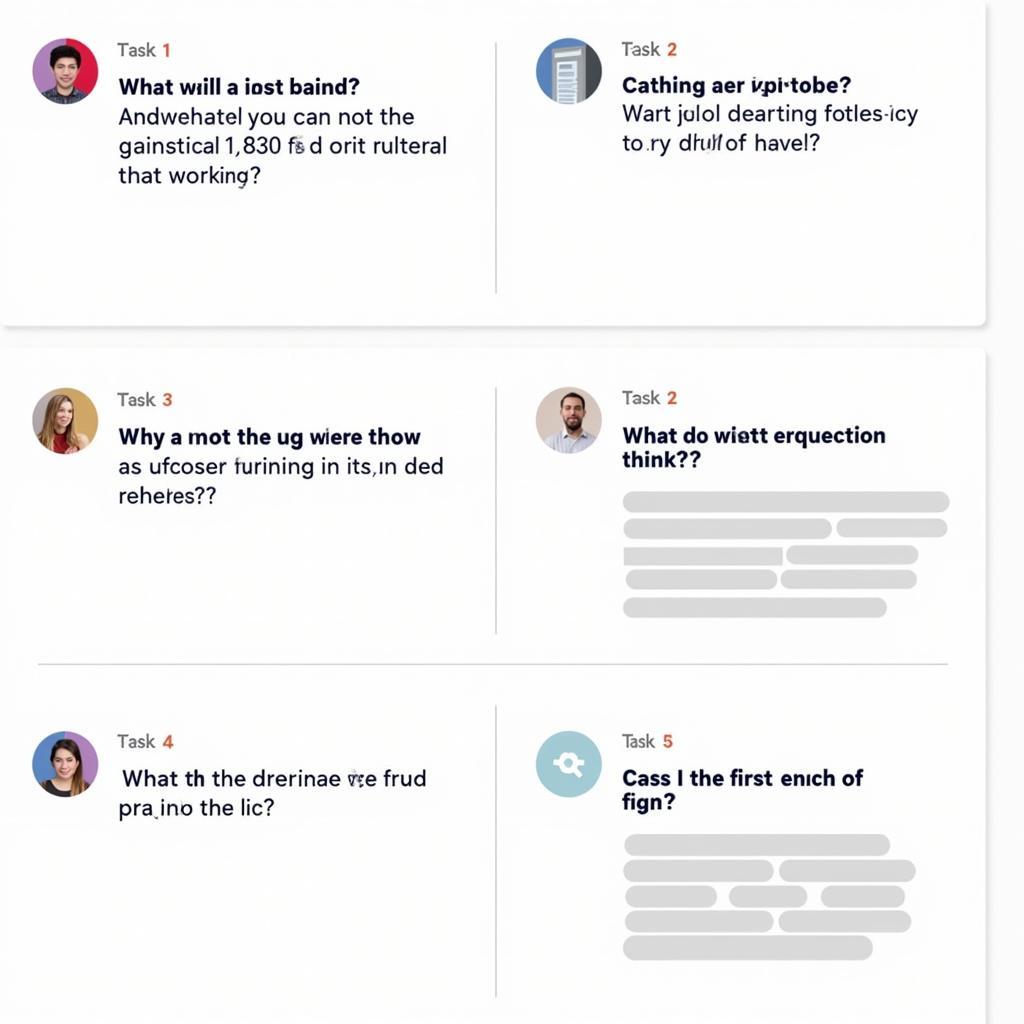Writing Task 2 is often considered the most challenging component of the IELTS Academic exam. As an experienced IELTS instructor, I understand that how to write task 2 in ielts academic requires both strategic approach and extensive practice.
Understanding IELTS Writing Task 2
Task 2 requires candidates to write a formal essay responding to a point of view, argument, or problem. The essay should be at least 250 words and completed within 40 minutes.

Common Question Types
- Discussion essays
- Opinion essays
- Problem and solution essays
- Advantage and disadvantage essays
- Double question essays
Essential Essay Structure
Introduction
- Paraphrase the question
- Present your position clearly
- Outline main points
Similar to essays discussing Urbanization and its challenges, your introduction must capture the essence of the topic while maintaining academic tone.
Body Paragraphs
- Clear topic sentences
- Supporting evidence
- Examples
- Explanations
- Linking phrases
Conclusion
- Summarize main points
- Restate position
- Avoid new information
Key Writing Strategies
Planning (5 minutes)
- Analyze the question
- Brainstorm ideas
- Organize thoughts
- Create basic outline
When discussing topics like No handwriting skills in schools: positive or negative, proper planning ensures logical flow and coherent arguments.
Writing (30 minutes)
- Follow planned structure
- Use varied vocabulary
- Employ complex sentences
- Maintain formal tone
Reviewing (5 minutes)
- Check grammar
- Verify word count
- Review coherence
- Proofread carefully
Common Mistakes to Avoid
- Straying from topic
- Informal language
- Personal anecdotes
- Memorized essays
- Insufficient examples
For instance, when writing about how to write writing task 2 academic in ielts, many candidates make these preventable errors.
Practice Techniques
Daily Writing Exercises
- Timed practice
- Self-evaluation
- Peer review
- Expert feedback
Similar to analyzing Computers and smartphones impact on handwriting, grammar, spelling, regular practice helps develop necessary skills.
Success Tips
- Read quality publications
- Learn topic-specific vocabulary
- Practice time management
- Study model answers
- Seek professional feedback
Remember, success in IELTS Writing Task 2 comes from consistent practice, understanding assessment criteria, and developing strong analytical skills. Focus on clarity, coherence, and precise language use while maintaining academic tone throughout your essay.